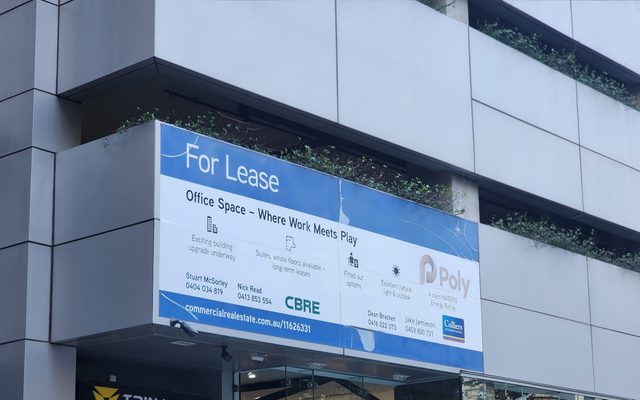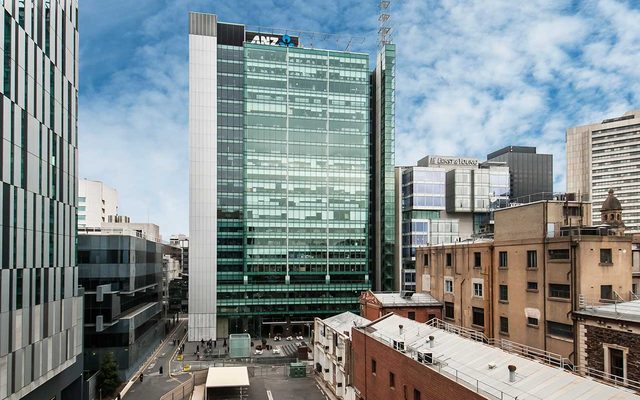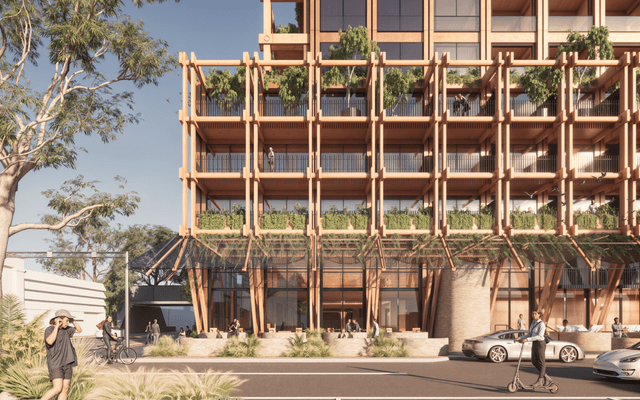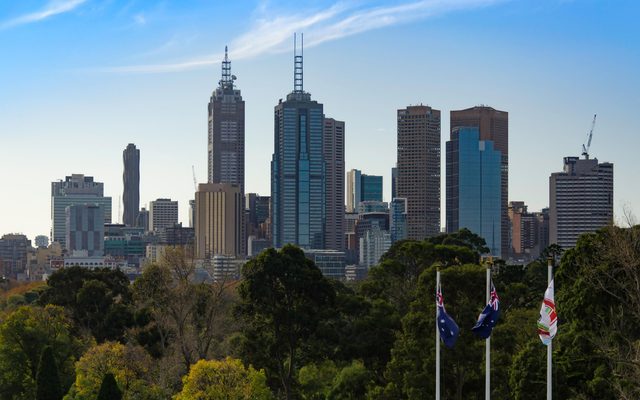This article is from the Australian Property Journal archive
WORKER are making their way back to the office following the Omicron wave, with occupancy rates in Sydney, Melbourne and Canberra all more than doubling over March, but a major improvement is expected to be months away.
The latest data from the Property Council of Australia showed Sydney’s office occupancy lifted from 18% in February to 41% and Melbourne’s from 15% to 32% as mask mandates and work-from-home orders were lifted.
In January, during the peak of the Omicron wave and the holiday season, Melbourne occupancy sat as low as 4%, and Sydney at 7%.
Canberra’s occupancy jumped from 21% to 45% in March, having also sat at 7% in January.
Brisbane recorded the highest occupancy rate in March, up from 47% to 61%, while Adelaide lifted from 41% to 48%.
Perth was the only city to fall as it grapples with its Omicron wave. Having held the highest occupancy rates nationally for months, it has steadily fallen from 79% in October to 45% in March, its lowest rate since July 2020.
Day-to-day occupancy levels remain lumpy. A peak day in Adelaide showed occupancy hitting 72%, but on a low day that was down at 49%. Sydney has seen peaks at 52% and lows of 23%.
While the big gains in many cities were coming off Omicron-induced lows, Property Council of Australia chief executive Ken Morrison said the data was very encouraging.
“It’s heartening that people are returning to the office in such numbers, particularly given considerable weather events on the east coast and the continuing isolation impacts of the pandemic.
“While most businesses are encouraging some flexible working arrangements with their staff, there are huge benefits in personal connection and it’s good to see these being embraced once again.” The majority of office owners believe a preference for greater flexibility (42%) is the primary driver of occupancy levels.
Office Occupancy rates:
| Mar-21 | Apr-21 | May-21 | Jun-21 | Jul -21 | Aug-21 | Sep-21 | Oct-21 | Nov-21 | Jan-22 | Feb-22 | Mar-22 | |
| Melbourne CBD | 39% | 45% | 45% | 26% | 12% | 7% | 6% | 4% | 12% | 4% | 15% | 32% |
| Sydney CBD | 56% | 65% | 68% | 67% | 7% | 4% | 4% | 8% | 23% | 7% | 18% | 41% |
| Perth CBD | 79% | 78% | 77% | 76% | 78% | 77% | 76% | 79% | 77% | 66% | 55% | 45% |
| Canberra | 72% | 70% | 71% | 72% | 73% | 8% | 8% | 7% | 17% | 7% | 21% | 45% |
| Brisbane
CBD |
79% | 78% | 78% | 71% | 67% | 60% | 64% | 57% | 63% | 13% | 41% | 48% |
| Adelaide CBD | 69% | 70% | 71% | 80% | 15% | 65% | 51% | 64% | 73% | 11% | 47% | 61% |
The survey was conducted in the field between 24 and 31 March 2022.
Recovery delayed
However, the Omicron wave and an uptick in cases heading into the colder months has pushed back the recovery.
The survey also asked respondents when they expected to see a major improvement in occupancy and levels. More than half – 56% – said it would take three months or more, while 32% said it would take one to two months.
When the same question was asked in February, the most popular response with about 45% was “within the next month”, and only about 35% said three months or more.
Little more than 10% expect occupancy levels to materially increase within the next month, and, and one third are tipping one to two months.
Speaking to the Melbourne results, Property Council Victorian executive director, Danni Hunter, said, “This dramatic jump in office occupancy figures is a clear vote of confidence for the rebound and recovery of Melbourne’s CBD, and a clear-cut demonstration of the progress that can be made with stable, sensible policy”.
“For Melbourne’s CBD, adopting a growth mindset is not about simply reverting to the 2019 version of our great city – it is about taking the learnings of the past two years and embracing its tremendous cultural shift, to achieve a prosperous and revived vision for the economic hub of our state.
Property Council’s NSW executive director Luke Achterstraat said Sydney’s jump from its January and February rates to March is proof that the recovery is well on track.




